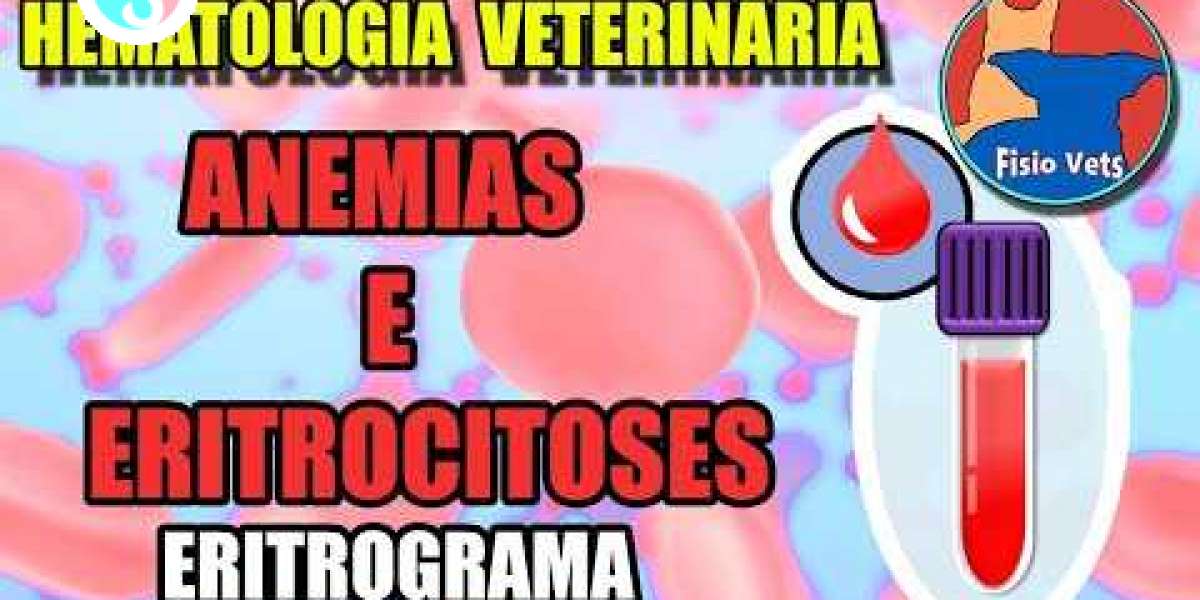In many instances, canine diarrhea will resolve after a quantity of days of house treatment, however it’s a good idea to give your vet a name if it continues any longer, otherwise you don’t know why they’re having it.
Por poner un ejemplo, la insuficiencia renal en perros con leishmania se genera porque esta enfermedad parasitaria lesiona los riñones. Si la intentamos es posible que la función renal se recupere y a nuestro perro no le queden secuelas pero, en otras ocasiones, la composición del riñón se daña de una manera irreversible. Las obstrucciones del tracto urinario, las rupturas de vejiga o las intoxicaciones, al perjudicar al riñón, tienen la posibilidad de modificar su desempeño. También hay otras causas posibles como una infección, como la leptospirosis, un envenenamiento, una obstrucción urinaria o un golpe de calor. En casos de insuficiencia renal en perros, es común que se muestren problemas de presión arterial. Otras veces la afectación renal se produce como efecto secundario de algunos medicamentos.
The protocol, somewhat than the category of research, ought to determine the setting (farm or laboratory).
Subclinical microbial infections (see Appendix A, Pathology, Clinical Pathology, and Parasitology) happen frequently in conventionally maintained rodents but can also occur in facilities designed and maintained for manufacturing and use of pathogen-free rodents if the microbial barrier is breached. Additional details about services and management of farm animals in an agricultural setting is available from the Midwest Plan Service (1987) and from agricultural engineers or animal science specialists. Information about environmental enrichment, transport, and dealing with could additionally be helpful in both agricultural and biomedical research settings. For animals maintained in a farm setting, the Guide for the Care and Use of Agricultural Animals in Research and Teaching (FASS 2010) is a useful resource. Experimental and Humane Endpoints The experimental endpoint of a research happens when the scientific goals and objectives have been reached. Examples of infectious brokers that could be subclinical but that may induce immunologic adjustments or alter physiologic, pharmacologic, or toxicologic responses are noroviruses, parvoviruses, mouse hepatitis virus, lymphocytic choriomeningitis virus, and http://Sneakysunday.Com Helicobacter spp. The Guide applies to agricultural animals used in biomedical research, together with those maintained in typical farm settings. The humane endpoint is the point at which pain or distress in an experimental animal is prevented, terminated, or relieved.
This is most typical when utilizing PCR assays or histopathology as confirmatory checks for serologically detected agents that cause acute infections. Therefore, it's quite possible for an animal to have been exposed to an agent, to have developed a detectable antibody response, and to check positive serologically, but to have since cleared the an infection and thus test negative for the agent by PCR or histopathology. It is important to remember that serology provides an oblique measure of exposure to an agent, whereas PCR instantly detects the presence of the agent and histopathology detects pathological modifications induced by the microbe. Unless an exception is particularly justified as an important component of the research protocol and permitted by the IACUC, aseptic surgery should be conducted in devoted amenities or spaces. If it is essential to make use of an working room for other purposes, it's imperative that the room be returned to an acceptable stage of hygiene before its use for main survival surgery. Readers should recall that when multiple diagnostic approaches are used to test for a similar agent, it's potential to obtain conflicting results. However, appropriate alternative testing methods usually are not obtainable for all pathogens. Most bacteria are carried on airborne particles or fomites, so surgical services ought to be maintained and operated in a way that ensures cleanliness and minimizes unnecessary site visitors (AORN 2006; Bartley 1993). Conversely, it is possible for an animal to be acutely infected with a pathogen, to lack a detectable antibody response, and to check negative for the agent by serology, however nonetheless test positive for the presence of the agent by PCR or show acute lesions suggestive of infection.
Crow and Walshaw’s Manual of Clinical Procedures in Dogs, Cats, Rabbits and Rodents, 4th Edition
Alcohol is neither a sterilant nor a high-level disinfectant (Rutala 1990) but may be acceptable for some procedures if prolonged contact instances are used (Huerkamp 2002).
Bacteria(including mycobacteria and mycoplasmas) and fungi are cultured in both liquid(broth) or on solid (agar) synthetic media. 10-3) over the agar surface issufficient. Liquid media provide greatersensitivity for the isolation of small numbers of microorganisms; nonetheless,identification of mixed cultures rising in liquid media requires subcultureonto strong media in order that isolated colonies could be processed individually foridentification. For most different specimens a semiquantitative streak method (Fig. In many situations, the cause of an an infection is confirmed by isolating andculturing microorganism either in artificial media or in a dwelling host.








